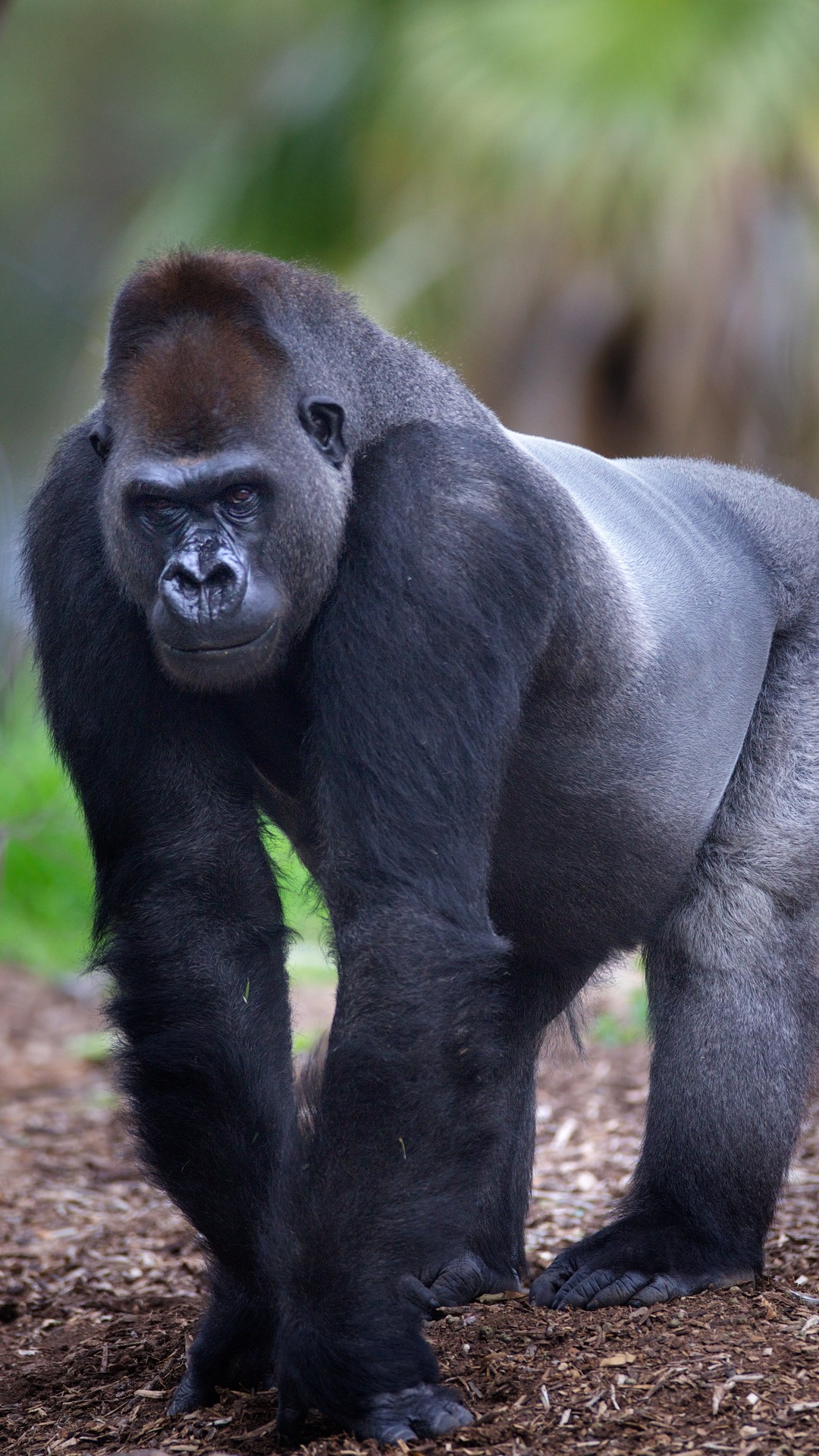

The downside is that Rwanda’s permits are expensive at US$1500. In September, the annual naming ceremony of baby gorillas – Kwita Izina – attracts thousands of visitors to Musanze, the main town for gorilla safaris in Volcanoes National Park.

Other groups roam lower down the slopes and are easier to track, although being wild, they’re constantly moving. It has ten groups available for tracking, including the Susa group which lives high up on Mount Karisimbi and was studied by famous primatologist Dian Fossey. Rwanda, known as the Land of a Thousand Hills, is one of the best places to see mountain gorillas. The Virunga Mountains spanning the borders of Uganda, DRC and Rwanda’s Volcanoes National Park are home to over 600 mountain gorillas. Here are my suggestions for the best places to see gorillas in Africa. Classed as critically endangered, fewer groups are habituated for tracking because of their inaccessible homelands.Ĭhoosing the best gorilla safari for you depends on your budget and your sense of adventure. More than 100,000 western lowland gorillas live in the lush rainforests of west and central Africa. Thankfully, their numbers are increasing – the latest census confirmed there are now over 1,000 compared to 250 when conservation efforts first started some 50 years ago. They’re found in only three countries: Rwanda, Uganda and the Democratic Republic of Congo (DRC). Most people want to track mountain gorillas and there’s much debate as to which country offers the best mountain gorilla safari. The sheer majesty of the silverbacks, the playfulness of the toddlers and the tenderness of their mothers are just mesmerizing. So where are the best places to see gorillas? Unlike their eastern cousins, western gorillas are hunted for bushmeat, and in recent years the spread of the Ebola virus has devastated the gorilla population.Gorilla encounters are the ultimate wildlife experience, whether they’re mountain gorillas, Western lowland gorillas or even the rare Grauer’s gorilla. But as the logging industry engulfs the forest, bringing roads, hunters and disease, the western lowland gorillas’ long-term future has been thrown into uncertainty. Until recently, conservationists were less concerned about the long-term future of the western lowland gorilla as their vast forest home created a natural boundary between them and their human neighbours. Habitat loss, hunting for bushmeat, disease (especially the Ebola virus), logging, mining Widespread throughout west and central Africa They also eat leaves, shoots, bark, ants and other insects. Like all gorillas, they are largely herbivorous, but western gorillas are particularly fond of fruit, which makes up most of their diet when available. Western lowland gorillas live in family groups led by a dominant silverback, but unlike eastern gorillas, the group will often split up during the day, coming back together at night to nest. They often have much redder or greyer fur, adult males have striking chestnut fur on their head and neck, and the characteristic fur on their back extends further down their thighs giving them a more full-bodied silver look.

Western lowland gorillas are smaller than their eastern cousins – although adult males can still weigh up to 180kg (28st 4lb). Democratic Republic of Congo, Gabon, Cameroon, Angola, Equatorial Guinea, Central African Republic


 0 kommentar(er)
0 kommentar(er)
